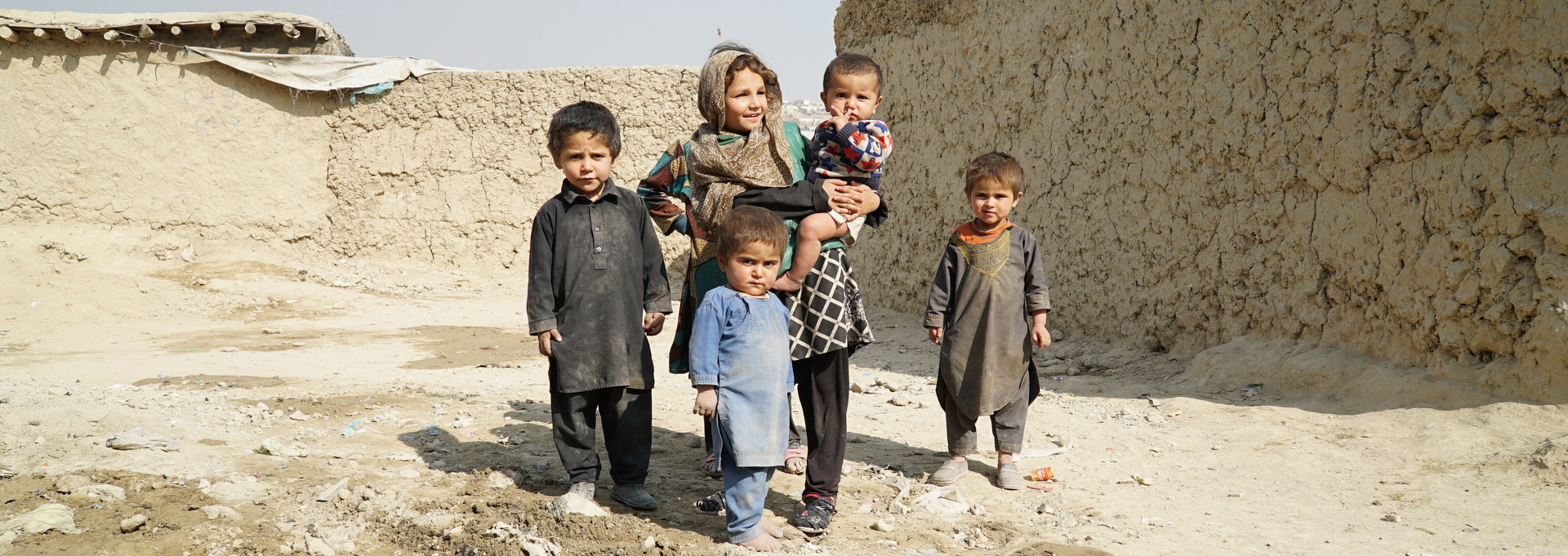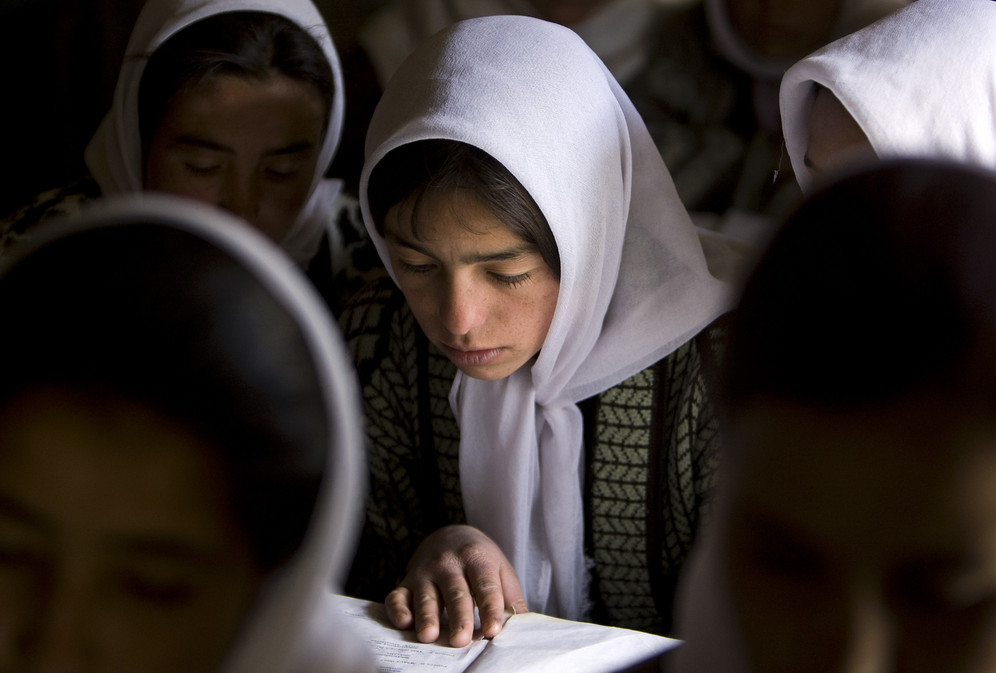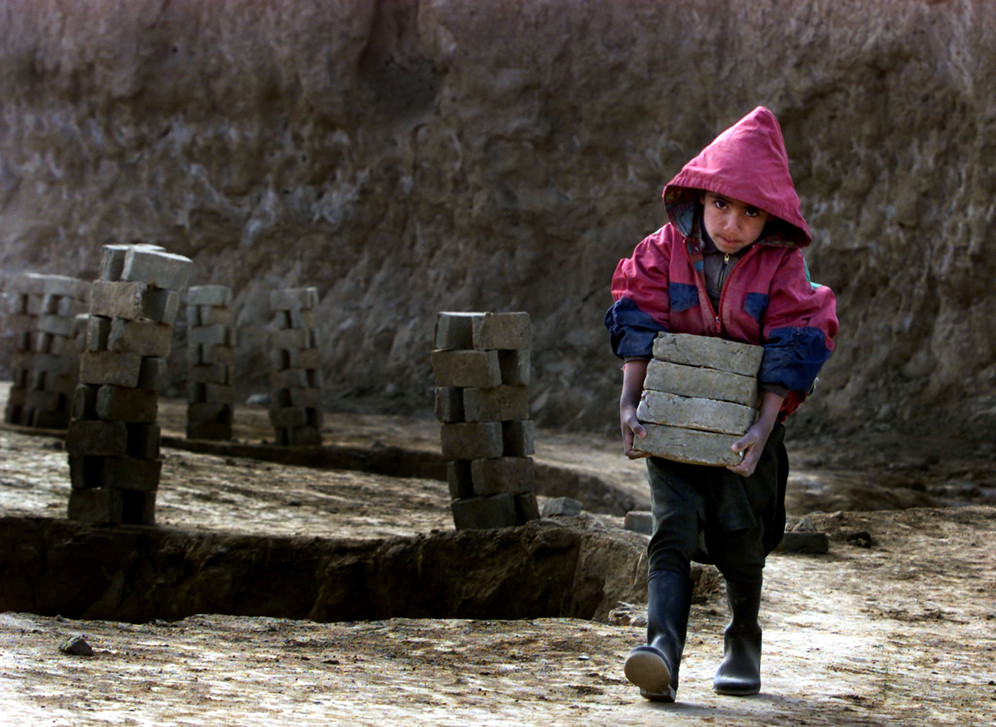Robbed of childhood: the cost of war paid for by the children of Afghanistan

UNICEF once labelled Afghanistan “without a doubt the most dangerous place to be born.” The country has been mired in an endless armed conflict, with bloodshed and terror attacks a daily occurrence. Against the backdrop of destruction and poverty, millions of Afghani children are paying a hefty price for the conflict. Child labour, lack of health care, no access to education, and gender discrimination are among the daunting problems boys and girls in Afghanistan contend with.
In need of education
For some 3.7 million children in Afghanistan, most of whom are girls, school remains out of reach. This is due to “many reasons,” according to the country’s education minister, Mirwais Balkhi. While he didn’t specify, reasons may well include lack of schools and shortage of teachers, as well as it simply being a long walk to the nearest school, or parents’ fears for the safety of their children.
Taliban rule denying education to women ended in 2001. Years later the government passed a law to stop violence and discriminatory practices against women and girls. However, they still don’t have equal access to education. Only one in three girls attended school in 2018.

UNICEF lists discrimination as a factor for the low enrollment of girls, along with the “worsening security situation” and “deeply ingrained poverty.” Child marriage in Afghanistan is another practice that deprives many girls of an education and a childhood.
Brides before 18
Afghani girls are often pushed to marry before they come of age. Although the legal age for marriage is 18 for men and 16 for women, a girl’s father or a judge may permit marriage if the girl is at least 15 years old. The law is rarely enforced and earlier marriages are commonplace, and so the reality is grim.
According to the UNICEF report on child marriage in Afghanistan, poor families often see their daughters as “economic burdens,” so marrying them off means reducing financial strain and getting a bride price.
Sometimes child marriage is used to settle disputes between families in an illegal custom called baad, in which a girl is given as compensation to a wronged family. In another tradition, known as baadal, families exchange daughters for marriage with their sons.
Young breadwinners

Dire poverty is driving children as young as five into hazardous and badly paid labour. To help their families make ends meet, some 2.1 million children are engaged in labour of various kinds: welding, making bricks, weaving carpets, carrying loads, selling goods, or simply begging for money in the street. Most of them skip school and risk their health to scratch a living in order to survive.
Find out more with our documentaries about Afghanistan.